As the great lyricist and philosopher queen Britney Spears once said: “Oops, I did it again!” Bought another camera, that is… Yes, I know just weeks ago I proclaimed how happy I was with the Hasselblad 503CW medium format camera and its 50MP CFV 50C digital back as my sole camera outfit. But I really couldn’t help myself when another opportunity presented itself.
There, on the website of a major photographic retailer, in front of my very eyes was a Hasselblad X1D, for a lot less money than it should have been selling. I braced myself for the gotcha. No: lightly used, 9/10 condition, boxed with all accessories and 12 months’ warranty. And all for about the same money as you can find unboxed, well-used body only examples on eBay. I bought it, and kept my fingers crossed, in the knowledge that I could always return it to store if it didn’t turn out to be such a good deal.
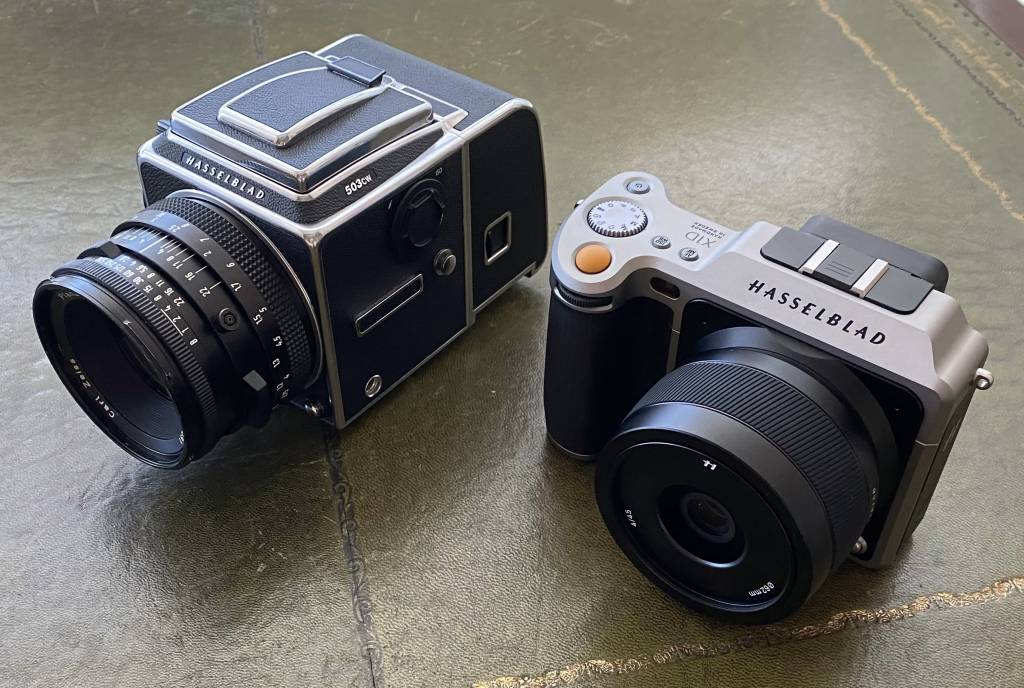
I needn’t have worried. About 48 hours later I was unpacking it at my desk. This beautifully-built and designed camera has barely been used, it seems. I had also purchased the Hasselblad XV adapter – a £220 investment which would allow me to use the V lenses from my 503CW kit – and the latest XCD 45P f4 lens, so I could try the X1D with autofocus and something a bit less heavy. More on that later.
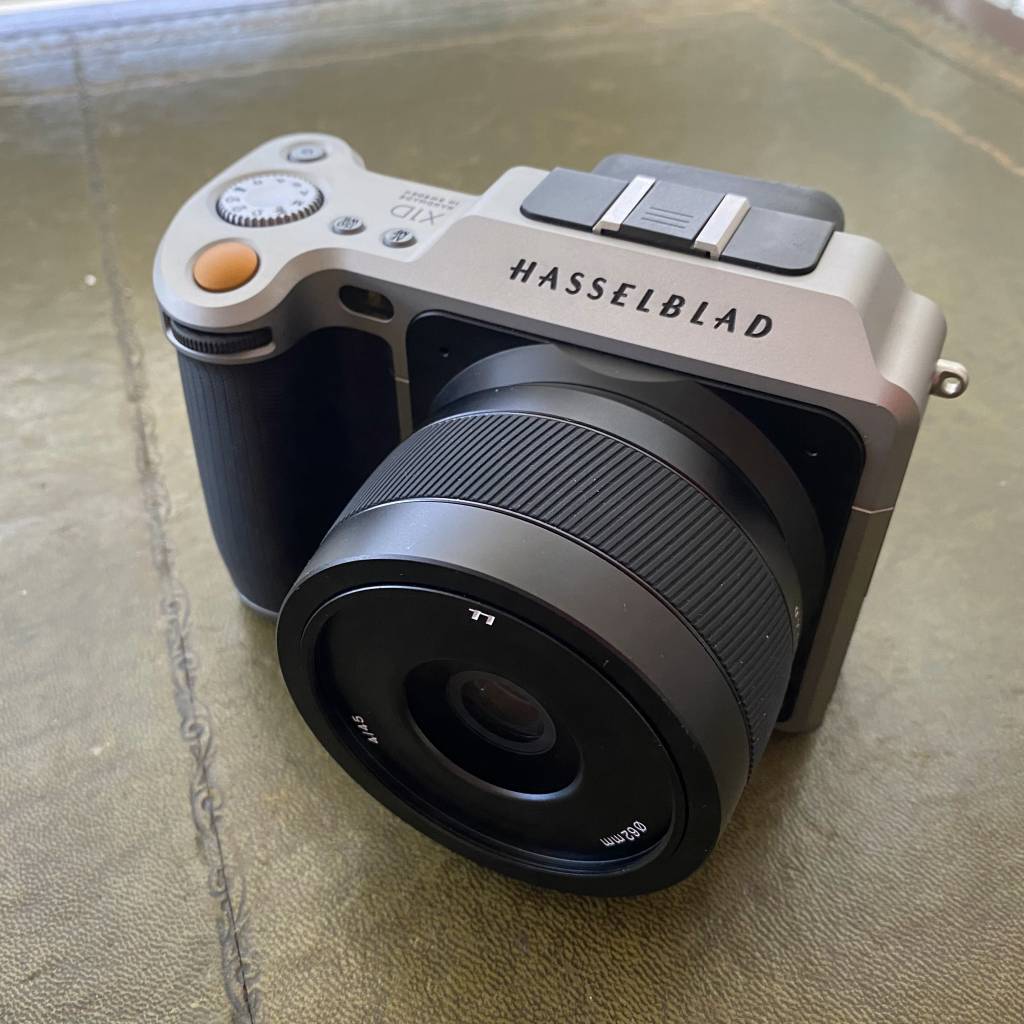
The original X1D of 2016 was recently replaced by Hasselblad’s X1D II 50C. Many commentators have remarked that the second generation camera has fixed the faults of the first, which shouldn’t have been released quite so early, but which was seemingly rushed out in response to Fujifilm’s medium format offerings. I disagree, to an extent.
Buggy but nice
I don’t doubt that the X1D when first released was slow and buggy, not to mention very expensive at launch (c£7,200 I believe). But several firmware updates have improved this camera dramatically. I see the second generation camera – which retails for a more pocket-friendly £5,300 body only – as a gentle evolution of the first. It sports the same sensor (in fact it’s also the very same sensor as in my CFV 50C digital back) in the same superbly-crafted body. Generation 2 now has built-in GPS, Bluetooth, a slightly bigger higher-resolution rear LCD screen, and an OLED EVF which has been boosted from 2.36M dots to 3.69m, with a much better refresh rate.
Autofocus is improved a little over the first generation, I am told, and general handling is considerably more responsive. The newer model also connects to the latest version of Hasselblad’s Phocus Mobile 2 for iPad and iPhone…but that’s about it. Many were hoping for a bigger, newer 100MP sensor and even better EVF, not to mention faster autofocus. But the second generation really is a gentle evolution of the first, which is what drew my attention to the earlier camera in the first place. For me, at least, those updates didn’t add up to an extra £3,000 or so over and above my pre-owned example.
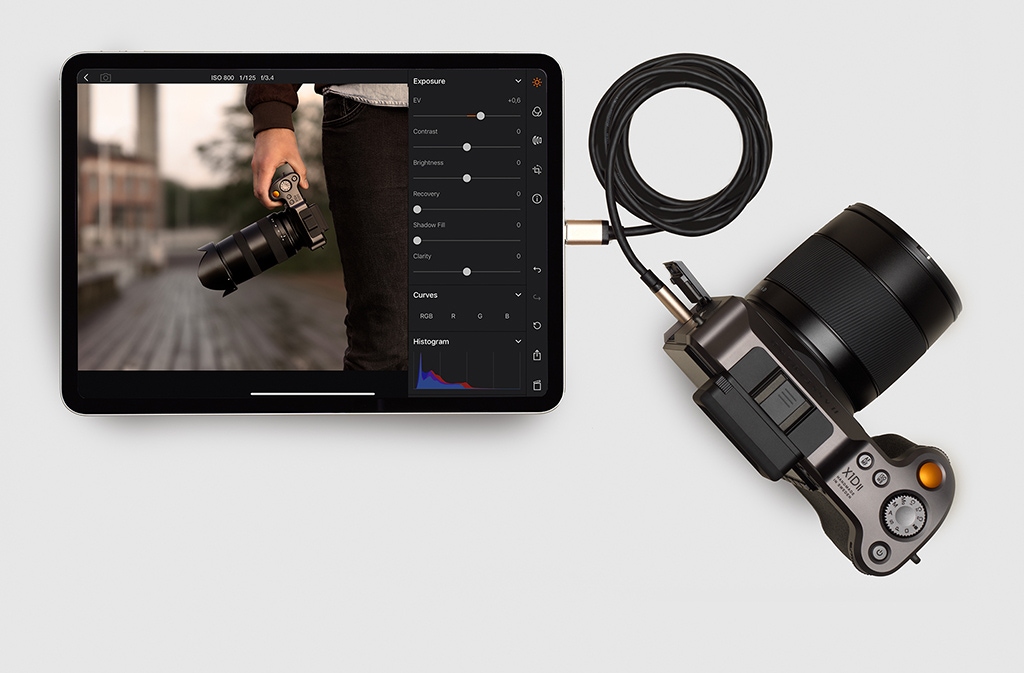
Mated to the new Hasselblad XCD 45P lens – the latest lens announced by the Swedish manufacturer, which retails at (for Hasselblad) a very reasonable price of £1,030 – this is a lovely camera to hold and to use. The X1D is hewn from a single piece of aluminium and many manufacturers would do well to take note of the lovely ergonomics and haptics, especially the grip. Even this first generation camera sports twin UHS II SD card slots and a USB-C interface, and wireless connectivity to connect to the Phocus Mobile app for iPad (similar to Leica’s recent offering, but free).
The tactile main mode dial, which recesses into the camera when pushed, is one of the few buttons on this camera, save for those around the screen and a couple of essential buttons on the top plate. Most interaction with the camera is done through the touchscreen user interface on the camera’s rear LCD panel. And, I must say, the user experience is generally excellent. Without the burden of multiple AF modes and other such baggage, the menu system is relatively simple and straightforward to learn, though slightly idiosyncratic in one or two places. But hey-ho.
Leica like
In hand, and in use, this combination reminds me somewhat of my lovely Leica SL with the Sigma 45mm f/2.8 combination, in that it’s a substantial and well-built camera complemented by a relatively small and good quality lens. No bad thing, to my mind, as I really enjoyed using the SL both with manual focus lenses and the 45mm Sigma offering when I wanted a dose of AF for a change. Remember, of course, that with the medium format crop factor the 45mm Hasselblad lens is more like a 36mm in full-frame terms.
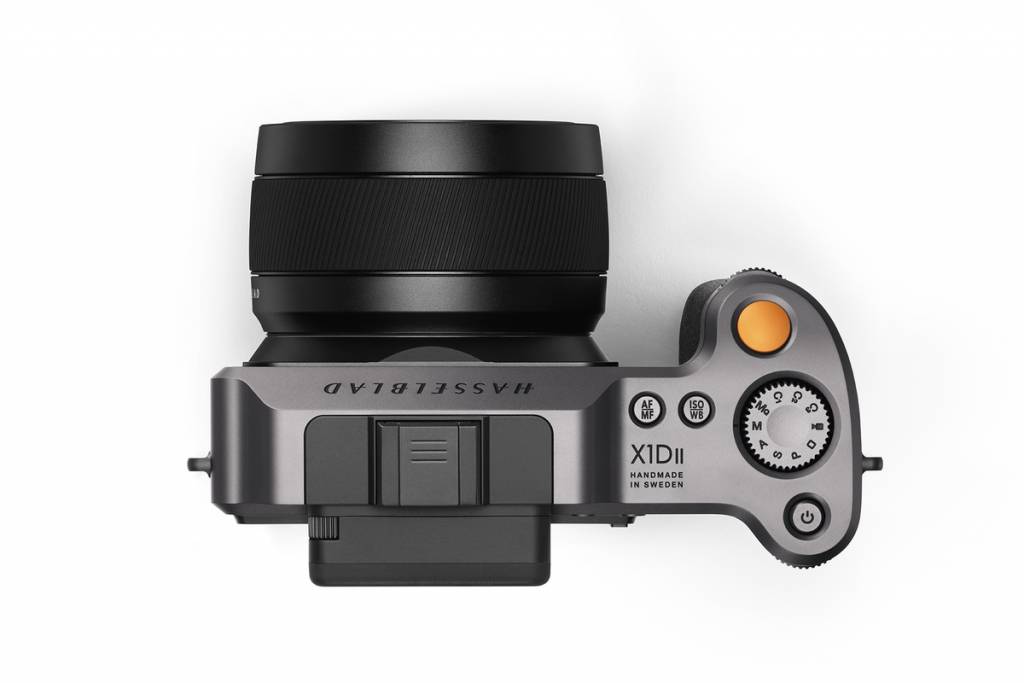
I’ve only had the camera for a few weeks, but image quality is lovely to my eye. Hasselblad’s Natural Colour Solution is clearly working its magic, and images are beautifully rendered with pleasing colours and contrast, in lots of sharp detail. As always, I am pleased with the 14-stop dynamic range and, in particular, how this Sony-built medium format sensor protects highlights. When you take a step back from all the detailed stuff, I just really like the look of the images it produces. Simple as that. AF speed with the new lens is acceptable, but I much prefer switching to fully manual and having the camera automatically zoom in on the EVF to ensure absolute focus accuracy.
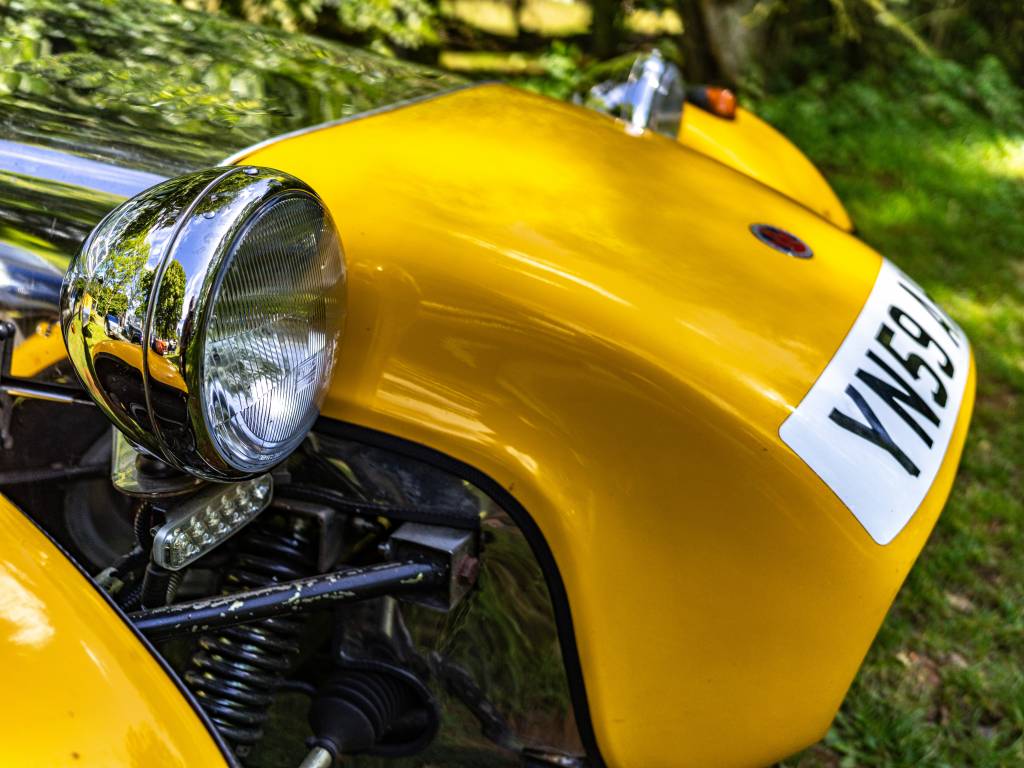
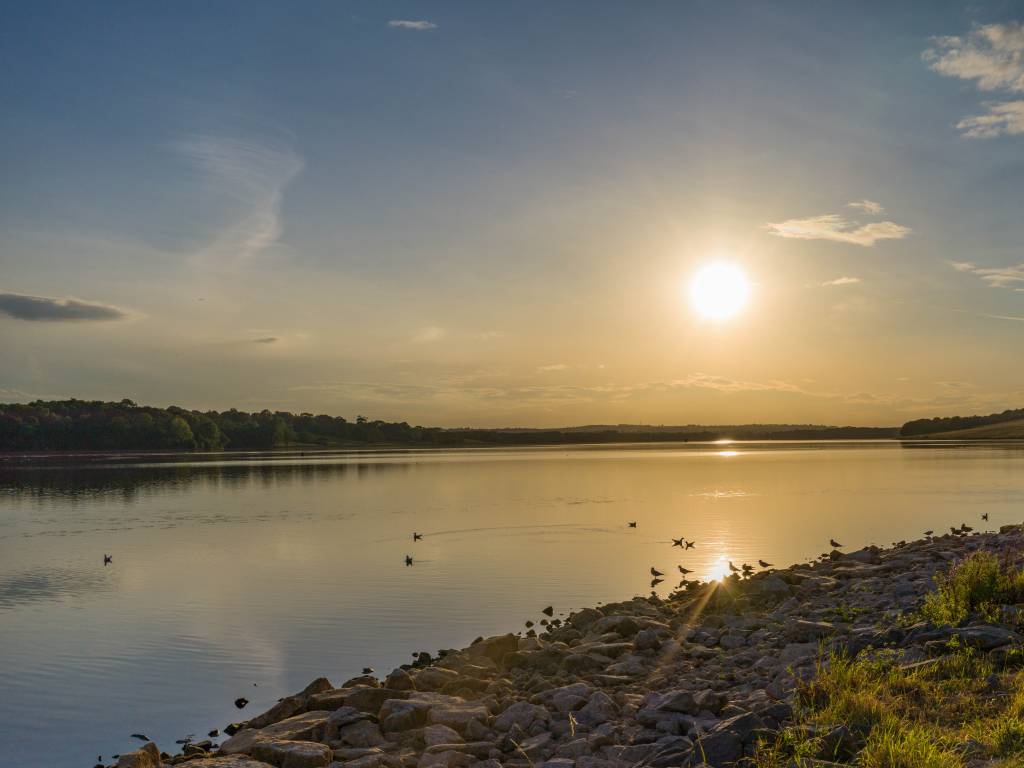

I was less pleased by the experience of using the X1D with its Hasselblad XV adapter and my lovely Carl Zeiss lenses. The adapter – at least the example I had – was far from being a tight fit. It’s also huge, which makes the camera very unbalanced with the large and somewhat heavy V lenses. More than that, there is no way to trigger the leaf shutter in the lenses, so the X1D relies on an electronic shutter. Sensor readout time is relatively slow, so huge amounts of rolling shutter are evident if you move the camera whilst taking a shot. I’d say that using the X1D with V lenses should only be done on a tripod, and I’ve sent the adapter back to the store as this setup doesn’t work for me. If I want to use my V lenses on a rtipod-mounted camera I’ll take the 503CW instead.
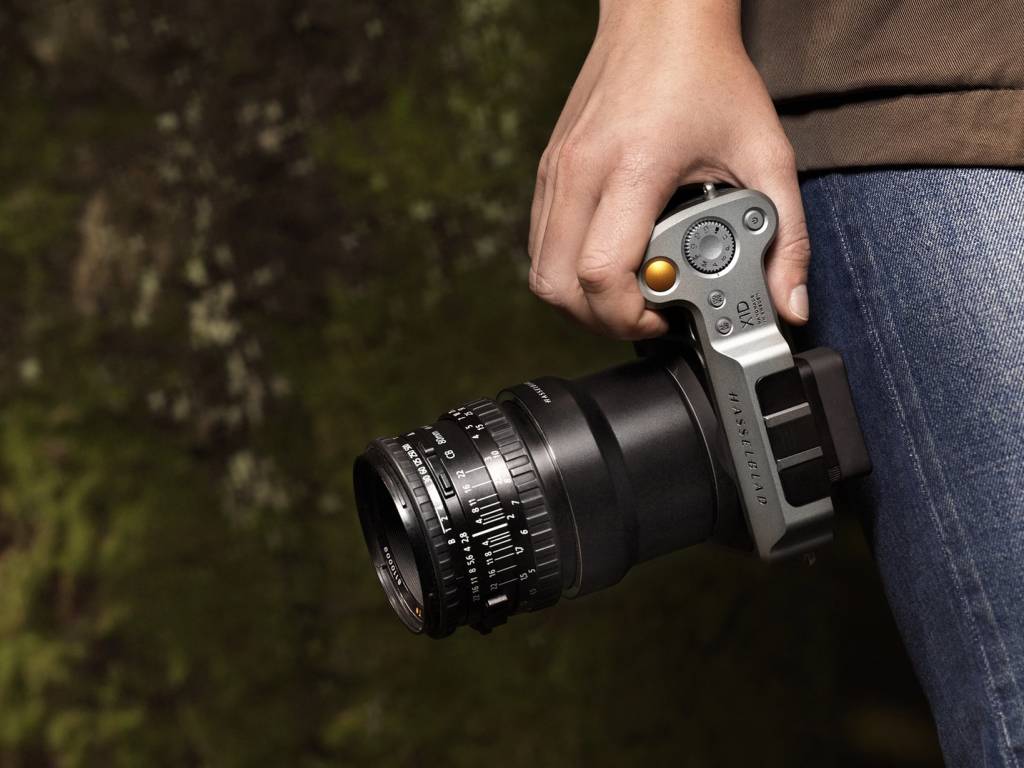
Worth consideration
But don’t let that note of caution sour this review. The Hasselblad X1D, on first impressions, is a super camera for the money and well worth your consideration if you fancy dipping a toe or two into the world of digital medium format photography. Sure, you could get a used Leica SL and 50mm Summicron for about the same money, but I’d give the Hasselblad system the nod in terms of image rendering (notice I didn’t say image quality, as I’m not a pixel peeper). By comparison, the SL also offers super image rendering and far more in terms of AF abilities and general responsiveness and, of course, the EVF is in another league. The Hasselblad, meanwhile, really forces you to slow and take deliberate, single shots which are beautifully rendered. And I like that very much.
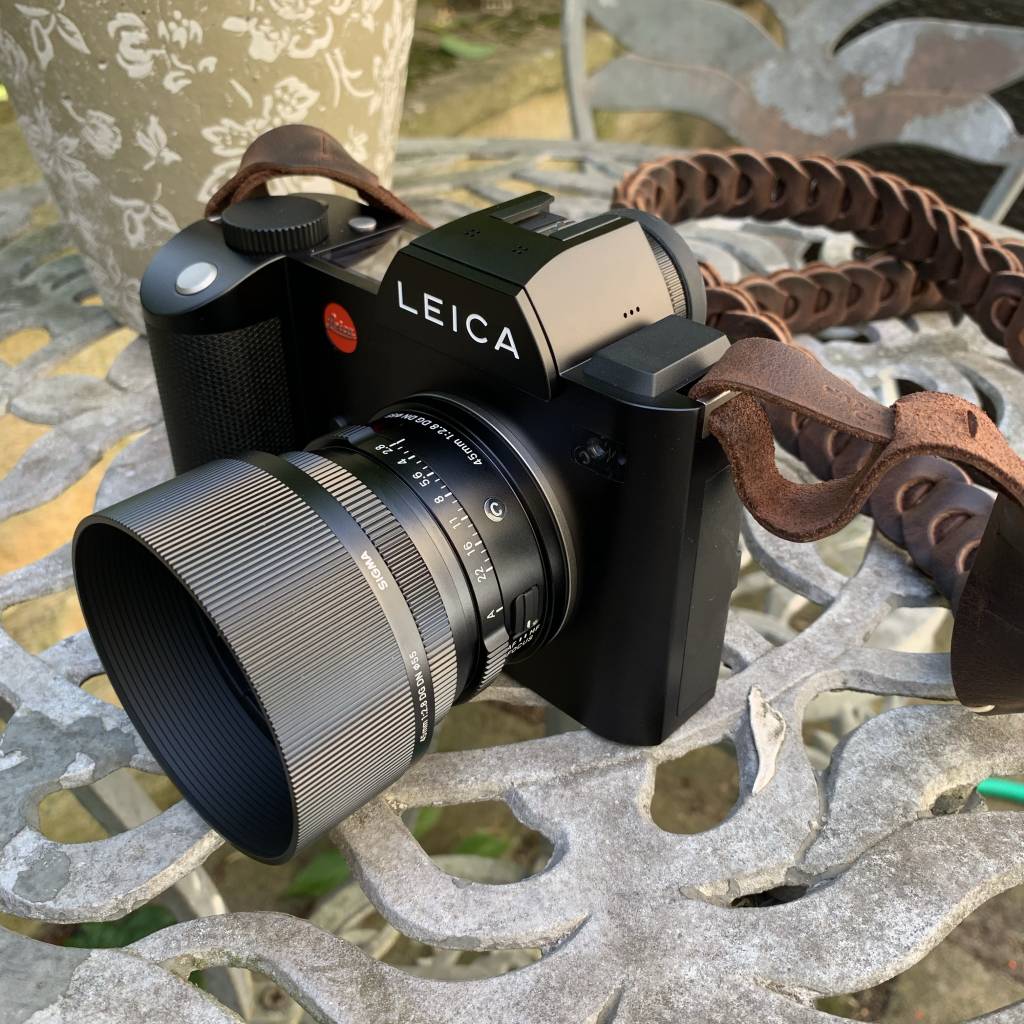
You pays your money, and you takes your choice, I suppose. I’m happy to have had the chance to use both systems, and I’m looking forward to spending more time with X1D and XCD 45P combination. In due course, I shall decide whether or not it becomes a permanent fixture in my bulging Billingham.
[Kaka is Swedish for cake…]

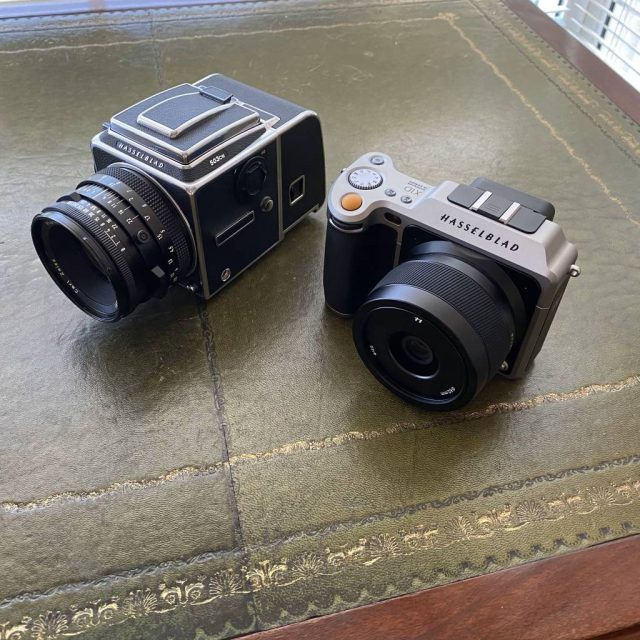




Andrew,
Thank you for the interesting article and nice images. Ever since Fuiji and Hasselblad revealed their mirrorless medium format cameras, I have been very curious about them. During my visit to Shanghai last May, I was able to handle both the X1D II and the GFX 50R at their flagship stores. In terms of build quality and ergonomics, the X1D II is much better! I am primarily into travel and landscape photography, and already have the lovely Leica CL for my travel and everyday use. I am still searching for my ideal higher megapixel mirrorless camera for my landscape work. I am sitting on the fence between full frame and medium format. For full frame, I like to stay with Nikon as I have been using Nikon since junior high school. My very first camera was a Nikon FM2 which I still have and my favorite camera is the Df, unfortunately it was stolen along with my Leica D-Lux 109. I am waiting to see how the rumored Z7s and the 24-105 f2.8-4 S lens will turn out. Hopefully I will have the chance to rent the X1D II, GFX 50R and Z7s next year to see which one is more suitable for me. Enjoy your X1D and SL, and be safe and healthy!
Yours Truly,
Sorry to hear about the theft of your Df Patrick, that is criminal in the extreme. It is one of my favourite cameras, so I fully understand how it was your favourites. I hope you find a decent replacement, there is still a second hand market, and Nikon were still selling new models as late as last year – but not sure if they have dried up now.
Good look with getting some new gear, I hope you manage to source a Df, to fill that gap.
Hi Dave,
I asked one of my Japanese friends here on Guam to get the Df Limited Gold Edition along with the 24-120 f4 and 80-400 f4.5-5.6 for me at Tokyo back in 2015. Thanks to the low Japanese Yen back then and sale tax exemption, I was able to save 1200 USD compared to making the same purchase in the US. I went to Tokyo myself the following year and purchased three more lenses, the 16-35 f4, 105 f2.8 macro and a Zeiss Makro Planar 50 f2 (this lens started my love relationship with Zeiss glass). As of now, I still have the 80-400 and 105 macro but the rest are all gone with my Df. I can still get a brand new Df (not the Gold Edition) at Tokyo with a reasonable discount over the US price. However after trying and now owning a mirrorless camera, I don’t think I will go back to the DSLR route anymore. Also, I will have to repurchase those DSLR lenses which offer less IQ than the new Z-mount counterparts. I am still hoping Nikon will surprise us with a Zf next year but the chance is low. My lovely CL with the T18-56, T11-23 and of course the Zeiss Distagon 35 f1.4 are filling my gap for the time being. The only issue is I can’t travel anywhere since March, hope things will improve next year after the arrival of the vaccine. I wish I live in the UK because I can at least go to photogenic places like the Lake District or the Scottish Highland! Keep shooting with your Df and look forward for more articles from you!
Yours Truly,
Patrick
Patrick – very sorry to hear about your Df. Always wanted to try one of those. I started on a Nikon FM and that model still holds a fascination for me. Good idea to rent the X1D…it’s not for everyone, although I must say I am very impressed and, the more I use it, the more I am enjoying it. Time will tell whether it remains with me, or whether I am tempted by the new 907X 50C. Best wishes.
Hello again Andrew,
The 907X 50C is a very interesting camera, a mixture of old and new. However, I can see it is more suitable for using with prime lenses. I prefer zoom lenses when shooting landscape, offer more flexibility and also reduce the needs to change lenses which is a blessing under bad weather conditions. Also, I mostly use the EVF instead of the back screen when composing shots. On the other hand, there are clearly advantages if one already owns H and V series lenses and bodies. Looking forward to read more about your experience with medium format here at Macfilos!
Yours Truly,
Patrick
Interesting article, Andrew. I have looked at both the X1D and Fuji’s MF cameras but went back to my Panasonic S1R since it seems to give me all I need. I agree that the Hasselblad is a little more svelte but I haven’t been convinced. Do you think you will stick with MF?
Hi Roger.
I’m a serial camera buyer/seller…but medium format has reignited something in me. Most cameras are so good these days I think it largely comes down to how a camera makes you feel when you use it and, therefore, whether you want to go out and take pictures with it. These medium format camera are not fast and they are very simple to operate and that really appeals, as do the fantastic Hasselblad styling and haptics.
All that said, there is something about the Hasselblad images that really resonates with me. Plenty of sharp detail (but likely no more than the latest FF sensor) for sure, but also the rendering and tonality which, I think, are functions of the bigger sensor and excellent dynamic range.
In the final analysis, therefore, it comes down to a combination of those things and, of course, the fact that I’m often drawn to something new or different. Only time will tell whether this interest endures, but it looks good at the moment. Picking up the Hasselblad excites me, and that’s very inspiring.
Thank you for this article, my Corp treasurer (read wife) has approved an early xmas gift for myself, so finances permitting it will be x1d short 45 lens. I had considered the SL but the weight was against it, and I do like tl2 but would have to be the 35 but then it looks front heAvy. So all in all really think x1d is what I should get.